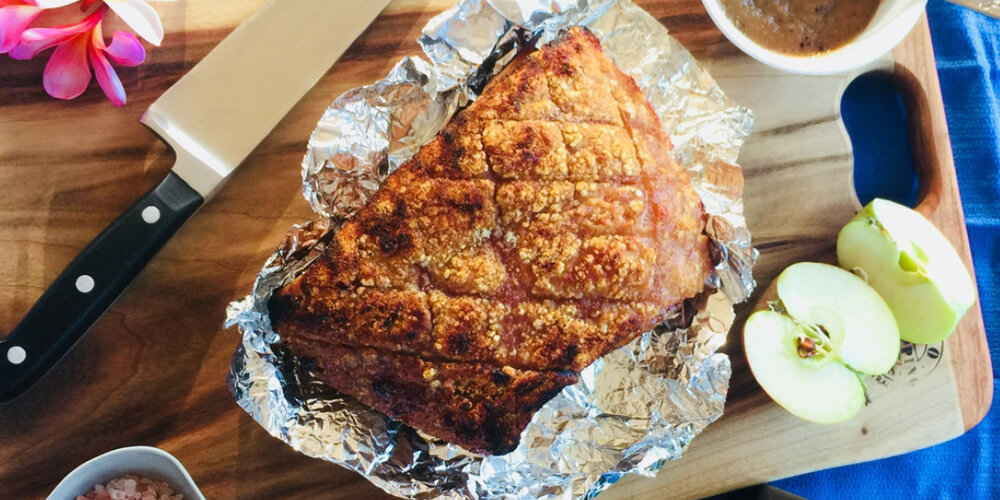Cooking pork requires much time and effort. Just like other types of meat, pork requires specific cooking requirements to ensure the meat is cooked properly and safe for consumption. The cooking technique you choose to apply depends on the cut you select. You may be cooking steaks or chops, which usually take less time. On the other hand, roasting the pork may require more attention on the pork internal temp to make it safe. Beware that pork is best when cooked correctly, especially when you choose to make them juicy and tender. This post helps you learn pork cooking tips and tricks.
Wet or Dry?
You can cook pork using two basic methods: moist heat or dry heat. When you are cooking naturally tender cuts of pork, you will use the dry heat method. On the other hand, less tender cuts will require the moist heat method. Some of the dry heat methods for cooking pork include grilling, stir-frying, and roasting.
Grilling is common for large pork cuts cooked with indirect heat and small cuts that require direct heat. If you have pork cuts such as chops, strips, ground patties, and medallions, you can use the stir-frying method to prepare a delicious meal.
Roasting is generally good for shoulder arms, leg roasts, ham, tenderloin, and loin roasts.
Moist heat methods involve two methods that include braising and stewing. Braising is great for preparing small and large pork cuts. These are specifically the traditionally less tender cuts. On the other hand, stewing is applicable for small pork cuts such as pork cubes and ribs.
Roasting Pork
Roasting pork requires a temperature above 200 degrees Fahrenheit to make the meat moist and flavorful. Before you begin roasting, preheat your oven and don’t cover the meat when roasting it. You can make the meat more delicious with your favorite seasoning before you place it in the oven. Beware that pork meat with bones cooks faster than the boneless when roasting because these bones conduct heat faster than meat.
Use a thermometer to ensure the recommended internal temperature so that your pork can be safe for consumption. When you check for doneness in the meat, ensure that the thermometer does not touch the bone because it can result in a false reading. Suppose you are preparing more than one roast, be sure to create a uniform space around the cuts to allow the pork to cook evenly.
Frying Pork
If you opt to fry pork, use the boneless meat on your pan. Be sure to turn the chops or steaks using tongs or spatula to allow them to cook evenly. Don’t pierce the meat because the juices will escape making it tender and dry. Similarly, allow the pork to cook until they provide a nicely browned coating to make a flavorful sauce. You can choose a healthy amount of saturated fats and oil to achieve a milder taste.
Broiling and Grilling Tips
Preheat the broiler or grill to achieve proper temperatures for cooking pork. Be sure to coat the meat with oil spray to prevent it from sticking. Use other aromatic woods on the preheated coals to give the pork meat a distinctive flavor. When turning the pork, use tongs instead of a fork to avoid piercing it because the juices may escape while cooking.





